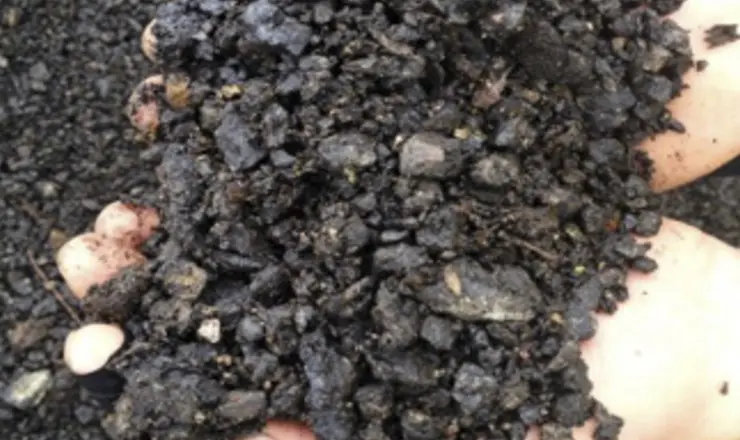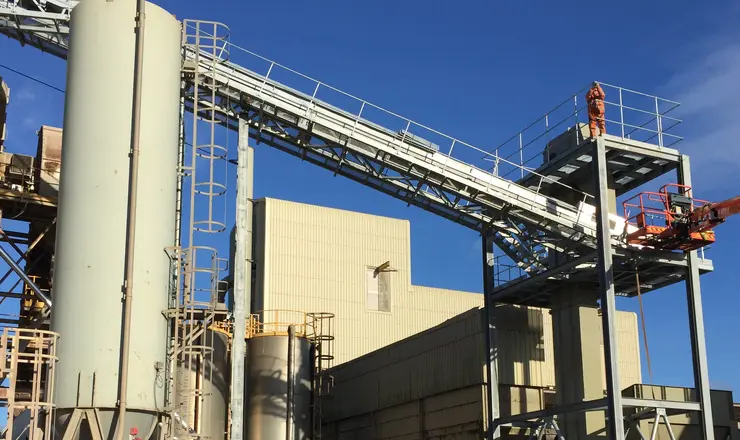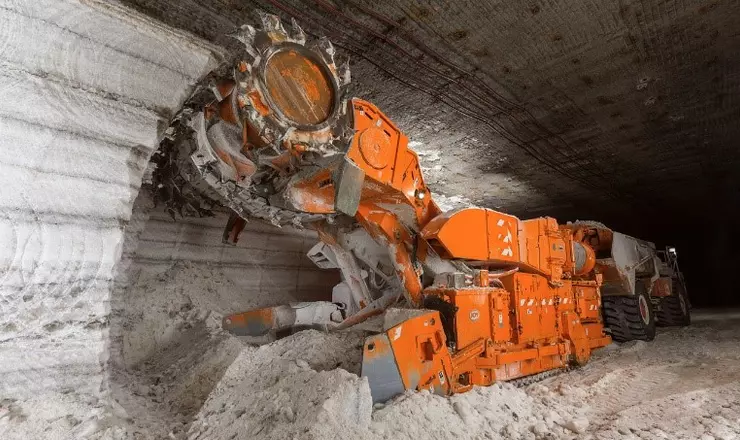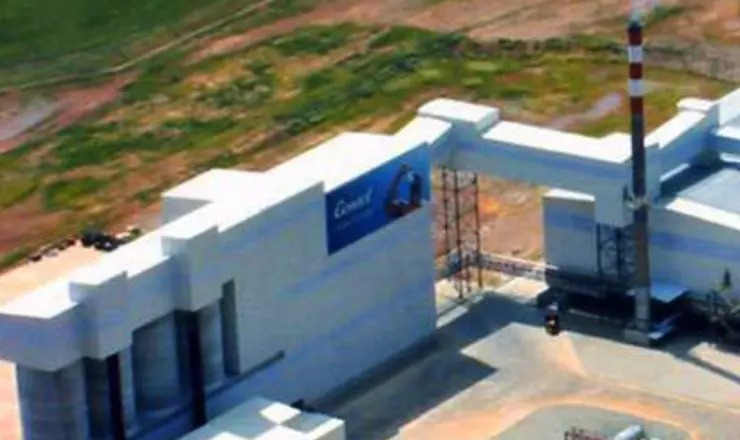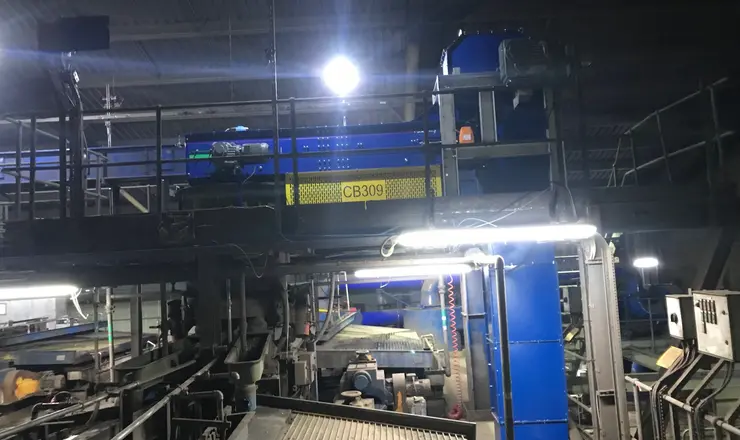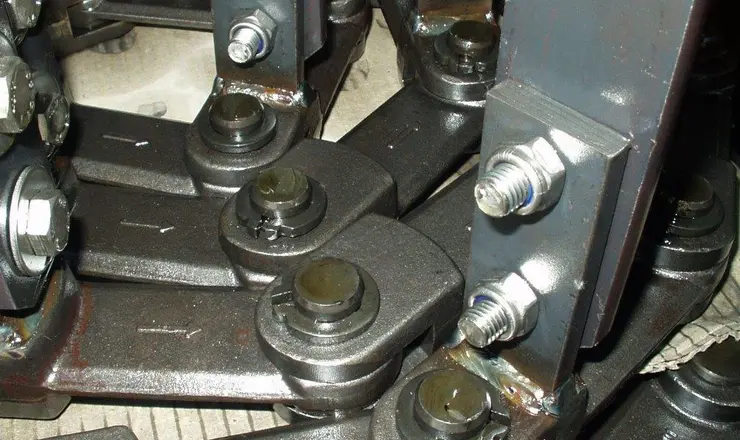Design for a new elevator handling recycled asphalt planings (RAP). Recommending speed, power requirements, shaft & casing sizes, and component specifications (SPS steel buckets and NBR belting), 4B engineers helped the customer to achieve the desired capacity of 250 tph.
Asphalt is made from a mixture of aggregates, binder and filler, and is commonly used in constructing and maintaining roads surfaces. When the surface layer of tarmacked areas is removed, the resulting waste material known as planings, can be recycled and reused.
BG Europa Ltd (awarded by FMA Ullrich for their Hot Asphalt Storage Equipment) approached 4B Braime requesting technical advice on the manufacture of a new bucket & belt elevator to be installed at an Asphalt plant in South Wales.
Although familiar with bucket & chain elevators, the customer had no technical experience with buckets & belts so requested the expertise of 4B Engineers. The bucket elevator would elevate RAP (Recycled Asphalt Planings), and use a belt instead of chain, and standard 4B pressed buckets instead of fabricated buckets commonly used in the construction industry.
4B Braime were asked to provide a design proposal detailing suitable speed, power requirements, shaft & casing sizes, and component specifications to achieve the desired capacity of 250 tph.
Due to the abrasive and slow moving nature of the product, special care was to be taken to ensure correct selection of elevator buckets and elevator speed/discharge characteristics.
Asphalt is made from a mixture of aggregates, binder and filler, and is commonly used in constructing and maintaining roads surfaces. When the surface layer of tarmacked areas is removed, the resulting waste material known as planings, can be recycled and reused.
BG Europa Ltd (awarded by FMA Ullrich for their Hot Asphalt Storage Equipment) approached 4B Braime requesting technical advice on the manufacture of a new bucket & belt elevator to be installed at an Asphalt plant in South Wales.
Although familiar with bucket & chain elevators, the customer had no technical experience with buckets & belts so requested the expertise of 4B Engineers. The bucket elevator would elevate RAP (Recycled Asphalt Planings), and use a belt instead of chain, and standard 4B pressed buckets instead of fabricated buckets commonly used in the construction industry.
4B Braime were asked to provide a design proposal detailing suitable speed, power requirements, shaft & casing sizes, and component specifications to achieve the desired capacity of 250 tph.
Due to the abrasive and slow moving nature of the product, special care was to be taken to ensure correct selection of elevator buckets and elevator speed/discharge characteristics.
4B offered a detailed engineering proposal along with the supply of all the mechanical components according to the customer requirements.
The SPS style buckets were selected due to their versatility across different speeds, and optimized design which maximised capacity. The SPS500-215’s offered sufficient volumetric capacity comparable to bigger fabricated buckets, and were more economical. 3mm mild steel versions were chosen to maximise the abrasion resistance.
The elevator speed was based on gravity discharge to accommodate the non-free flowing nature of the product. Based on the tonnage, the absorbed power requirement of the elevator was calculated along with the minimum strength rating of the belt.
The NBR EP800/4 2+2mm offered an adequate 20:1 safety factor, along with 2+2mm nitrile covers offering both abrasion and oil resistance. 4B were able to supply components “off the shelf” which greatly reduced the lead-times involved.
4B offered a detailed engineering proposal along with the supply of all the mechanical components according to the customer requirements.
The SPS style buckets were selected due to their versatility across different speeds, and optimized design which maximised capacity. The SPS500-215’s offered sufficient volumetric capacity comparable to bigger fabricated buckets, and were more economical. 3mm mild steel versions were chosen to maximise the abrasion resistance.
The elevator speed was based on gravity discharge to accommodate the non-free flowing nature of the product. Based on the tonnage, the absorbed power requirement of the elevator was calculated along with the minimum strength rating of the belt.
The NBR EP800/4 2+2mm offered an adequate 20:1 safety factor, along with 2+2mm nitrile covers offering both abrasion and oil resistance. 4B were able to supply components “off the shelf” which greatly reduced the lead-times involved.
The elevator has been running for 2 years with the original components installed with no issues with the design or discharge.
They were easily able to achieve 250 tph based on 4B’s recommendations and with a few minor adjustments, are in a position to upgrade the output even further if required.
The elevator has been running for 2 years with the original components installed with no issues with the design or discharge.
They were easily able to achieve 250 tph based on 4B’s recommendations and with a few minor adjustments, are in a position to upgrade the output even further if required.
